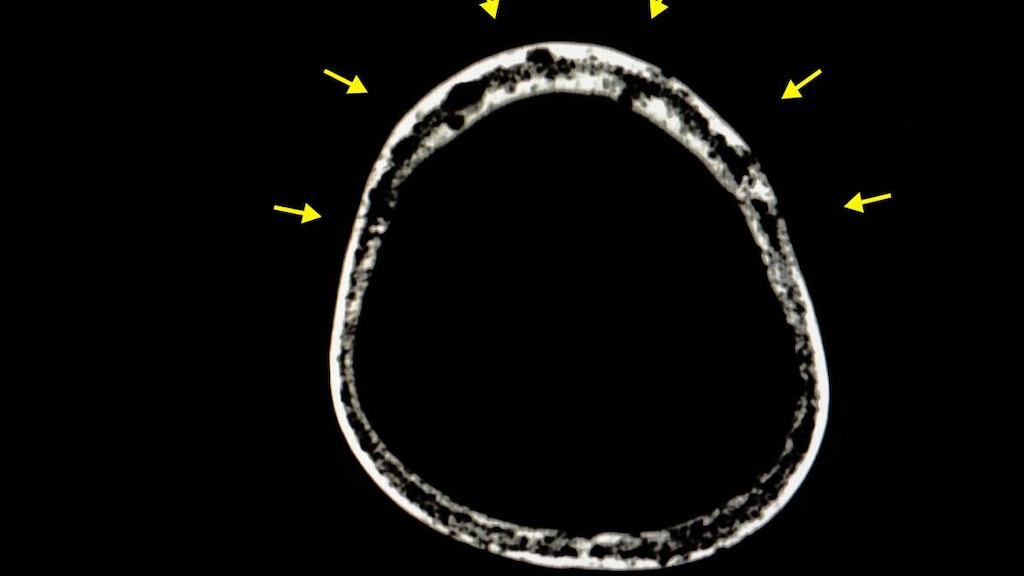
What is multiple myeloma?
Multiple myeloma is a type of cancer that forms in plasma cells (also called mature B-lymphocytes), which are a type of white blood cell that is made in the bone marrow. These plasma cells produce a specific type of antibody that helps to fight infections.
Myeloma develops when plasma cells undergo a cancerous change and turn into myeloma cells. These myeloma cells multiply randomly and without order, forming collections of cells called tumors that accumulate most commonly in the bone marrow and on the surface of different bones in the body.
These crowd bone marrow and prevent it from making antibodies and other blood cells, such as red cells, white cells, and platelets.
Myeloma cells secrete chemicals that stimulate osteoclasts (which are cells that break down bone, removing calcium). This causes bones to become weaker and more brittle, which mean they fracture more easily.
Myeloma cells also produce an abnormal type of immunoglobulin that can be detected in the blood. This immunoglobulin may also be called monoclonal immunoglobulin, myeloma protein, or simply M protein. The myeloma type is described by which type of excess immunoglobulin is produced (heavy or light chain myeloma).
Multiple myeloma is considered a rare type of cancer.
What are the symptoms of multiple myeloma?
Early in the disease process, multiple myeloma may not cause any symptoms, and even after diagnosis, treatment may not be needed immediately.
But as it progresses, symptoms of multiple myeloma can include:
- Bone pain, often in the back and ribs
- Extreme fatigue
- Easy bruising due to low platelets
- Anemia
- Bone fractures
- Dehydration
- Increased susceptibility to infections
- Loss of appetite
- Mental changes like confusion
- Stomach problems like nausea and vomiting
- Kidney problems.
How is multiple myeloma diagnosed?
Symptoms of multiple myeloma usually don't appear until the disease is more advanced. However, in some cases, your doctor might suspect multiple myeloma based on a blood or urine test taken for another reason.
The following tests may be used during the diagnosis of multiple myeloma:
- Blood tests (CBC) to look for blood cell counts and certain proteins
- Urine tests to also look for proteins
- A bone marrow biopsy to look for myeloma cells
- Imaging tests such as X-rays, MRI, CT or positron emission tomography (PET)
- Other tests and procedures may be used as well, depending upon your circumstances.
How is multiple myeloma treated?
The treatment for multiple myeloma may include:
- Targeted or biological drug therapy
- Chemotherapy
- Stem cell transplant
- Radiation
- Surgery
- Bisphosphonates
- Corticosteroids.




